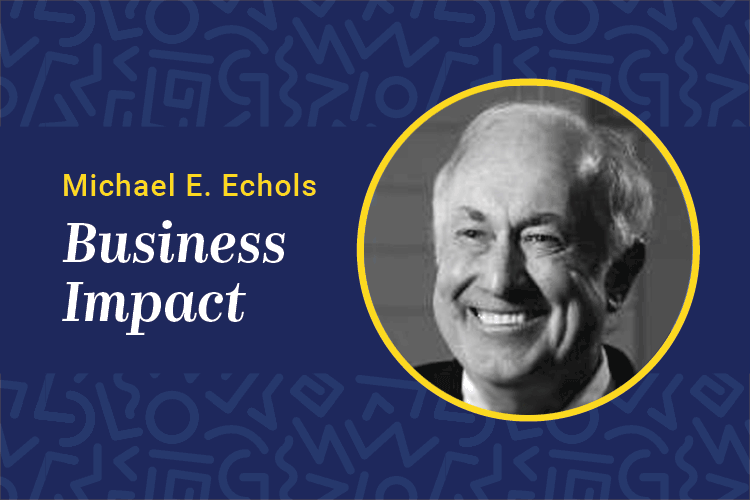Few topics dominate financial market conversations the way risk does. Unsubstantiated headlines send traders into near panic and jerk markets around daily. As a result, banks choke off lending and corporate leaders hoard cash.
The return on United States treasury notes with 10-year maturity hovers just above 2 percent, while money markets return near zero. This means investors are avoiding risk by pumping money into low-return but ultra-safe federal debt. As with all markets, the price reflects the balance between supply and demand.
The bottom line is the price of cash is zero. Excess demand leads to price increases while excess supply drives down prices. There is no lower price than zero. The king of financial markets — cash — has no clothes.
In a recent interview on CNN, former president Bill Clinton estimated the U.S. bank lending capacity is $20 trillion and cash on non-financial balance sheets is more than $2 trillion. To put this in perspective, this is 50 percent greater than the annual GDP of the country.
Cash is not in short supply, but good investment options are. This is ironic given most conversations about creating value in the future involve education. What is missing in the conversation is the argument that education is a very attractive candidate to receive more of the cash. Indeed, when it comes to learning and development, we are doing exactly the opposite. Learning or training, as has historically been the case, are still prime expenditures to cut as companies strive to capture even more cash through cost control.
All investments involve two basic components, risk and return. Any financial analyst worth his or her salt will argue that risk-adjusted return is the key to evaluating investment alternatives. I have long argued that in learning and development we do not have widely deployed methods for measuring either risk or return. It leaves us in a terrible position to advocate for learning and development expenditures in the face of uncertainty.
Those in the “cash is king” camp might argue the risk is in spending the money in the first place. I don’t think that is the important risk because the world is changing rapidly, and cash is completely dormant with respect to innovation. The risk is your learning and development strategy gets developed too late to be of long-term competitive advantage to your enterprise. The most successful long-term investment approaches make the investment before the need is apparent.
The Georgetown University Center on Education and the Workforce estimates at the current pace, America will be short 20 million degree-holders in 2025. This may seem like a long way off, but two things are clear:
1. Educating a workforce is a long-term investment unresponsive to short-term solutions. If we do not make the investments now, the supply will be considerably below demand, which leads to the second conclusion.
2. Unlike cash today, where supply exceeds demand and the price is zero, the significant shortage in supply of educated workers will inevitably lead to a significant escalation in market price. It will cost a lot more to recruit and retain the highly educated workforce needed to compete than it would to develop them internally.
The real risk is that we continue to sit on the cash and lending capacity in the false belief that the alarmists are right. Their mantra is “the sky is falling, the sky is falling — hoard your cash because cash is king.” The real risk is that prudent, long cycle investments we need to be making today, especially in learning and development, are not being made. This leaves us in a vulnerable place, both as companies and as a nation.
What’s needed is to correctly identify risk and compare it to investment return to make better long-term investment decisions. This requires courage — courage I believe learning leaders are capable of exhibiting no matter how hostile the environment becomes.
Michael E. Echols is the vice president of strategic initiatives at Bellevue University and the author of ROI on Human Capital Investment.He can be reached at editor@CLOmedia.com.















